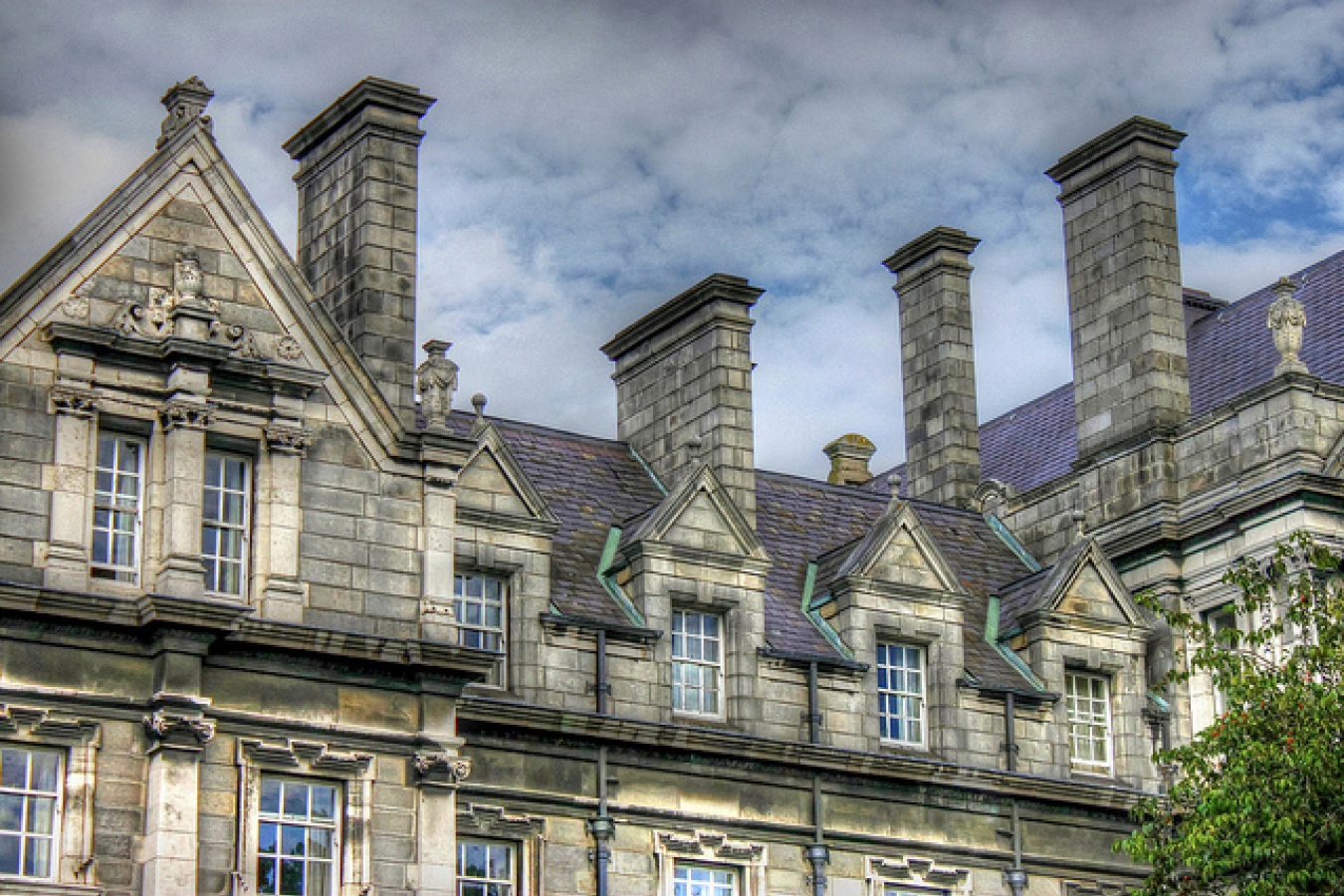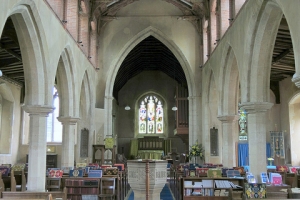Support migrant centric journalism today and donate

Irish nationals prefer to own their own homes, rather than rent. New arrivals to Ireland appear to have the same preference, with one estate agent reporting that non-national buyers represent up to 30 percent of new homes sales.
The level of immigration to Ireland has created new purchasers and tenants looking to get on the property ladder. Between April 2002 and April 2005 there was a 40 percent increase in the number of foreign nationals living in the State, according to the most recent figures from the Central Statistics Office (CSO). Some 70,000 people migrated to Ireland in the 12 months to April 2005, the highest annual immigration figure on record.
The number of non-nationals living in the State is estimated to be 350,000, accounting for 8-9 percent of the population of 4.13 million currently living here, according to CSO estimates.
The property market is now reaping the rewards of this wave of immigration which has delivered a new and eager market of hard-working househunters.
Polish, Czech, Filipino, Indian, Chinese, Russian, Spanish and Lithuanian people working in Ireland are no longer content to pay rent and are making moves to acquire their own front door.
It's no surprise that eastern European buyers are beginning to make their presence felt in the market. The CSO says that more than one-third of immigrants to Ireland in the 12 months to last April came from the new EU accession states.
Some 17 percent of immigrants were from Poland, while 9 percent were from Lithuania.
Generally speaking, the non-Irish buyer is aged between 25 and 35, has been renting for two years and is looking for a home in the €250,000-€400,000 price range - a two-bedroom apartment or an entry-level home with a garden, depending on family circumstances.
However, there are other trends. Estate agents have noticed that certain nationalities are interested in specific schemes or areas.
Filipino and Indian nurses and doctors are looking for homes around the bigger hospitals and word-of-mouth in close-knit communities means that certain nationalities may buy in the same scheme.
The non-national market is a "really significant target group", according to Ronan O'Driscoll from Hamilton Osborne King.
HOK has reported that, so far this year, almost 30 percent of new homes sales were made to non-nationals, up from under 5 percent just two years ago.
"From levels of very low percentages in the last few years, this group of buyers has exploded," says O'Driscoll. A wide variety of nationalities are buying.
The vast majority are European and not just from new accession states; many buyers are also French, German, Italian and Spanish.
However, the eastern Europeans are among the bigger group of buyers. Chinese purchasers have always been a "fairly significant" group, according to O'Driscoll. Now there are also a lot of Indian buyers entering the new homes market as well as a "very large number" of Filipino and some South African nationals.
"Our experience is that many of the non-national buyers work in the health or construction industry," says O'Driscoll.
Most of the sales are of first-time buyer apartments in outer suburban areas, he adds.
A sizeable number of different nationalities are arriving at launches in "growing numbers", according to Ken MacDonald of Hooke & MacDonald and are a growing factor in sales.
"The trend started as a trickle two years ago but it has grown from around one or two per cent to the current figure of over 10 percent."
This new market is confined to people from abroad who have been working and living in Ireland for a couple of years, according to MacDonald.
The most significant group for Hooke & MacDonald are the Polish, many of whom are working in construction-related industries, according to MacDonald. "Anything we hear about them is that they are really good workers and they don't seem to have a problem getting mortgage approval."
The impact of this emerging market has not been felt across the board in the new homes market, but rather in particular locations. For example, a development in the docklands recently proved to be very popular among eastern European buyers, he says.
While the new buyers are confident that there will be capital appreciation and know that it makes more sense to buy rather than rent, quite a few seem to be in it for the long haul and are putting down roots, with other family members joining them, says MacDonald.
With projections that we need a big inflow of workers to sustain our economy at the current rate, MacDonald expects the non-national market to become even more significant in the future.
David Browne in Sherry FitzGerald New Homes says that non-national buyers account for between five and 10 percent of new homes sales at the most.
Sherry FitzGerald has sold homes to a wide variety of nationalities, including eastern and western Europeans, South Africans, Indians, Russians and Australians.
This market is very site specific, according to Browne, with more interest in certain schemes in north Dublin, in the Baldoyle and Donaghmede areas.
Often entry-level two-bedroom houses or apartments are proving most popular with these buyers, according to Browne.
However, other trends, such as Indian doctors paying big money for homes in the south of the city, are evident too, he says.





















